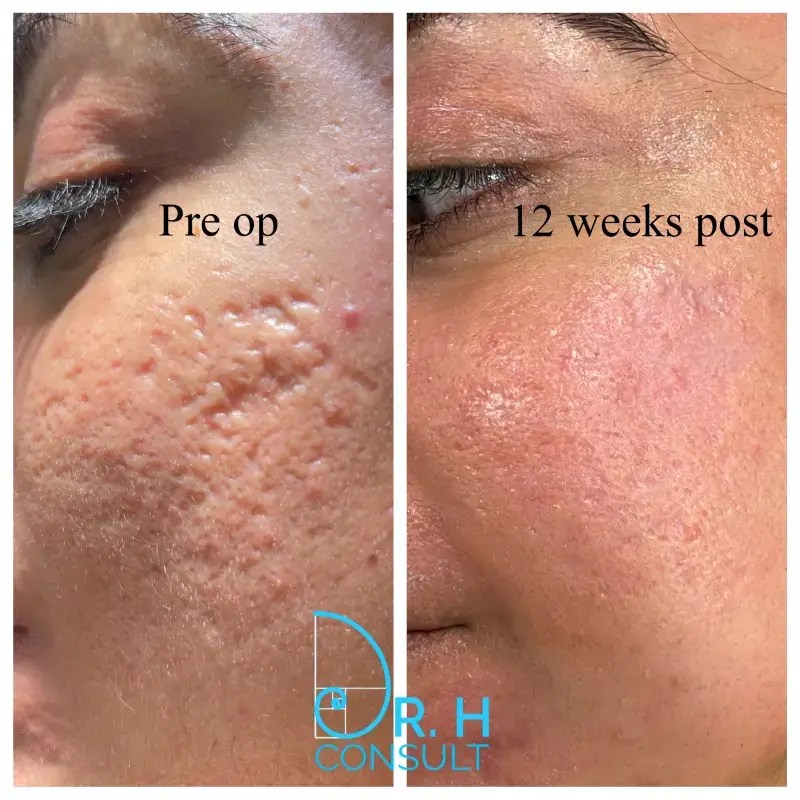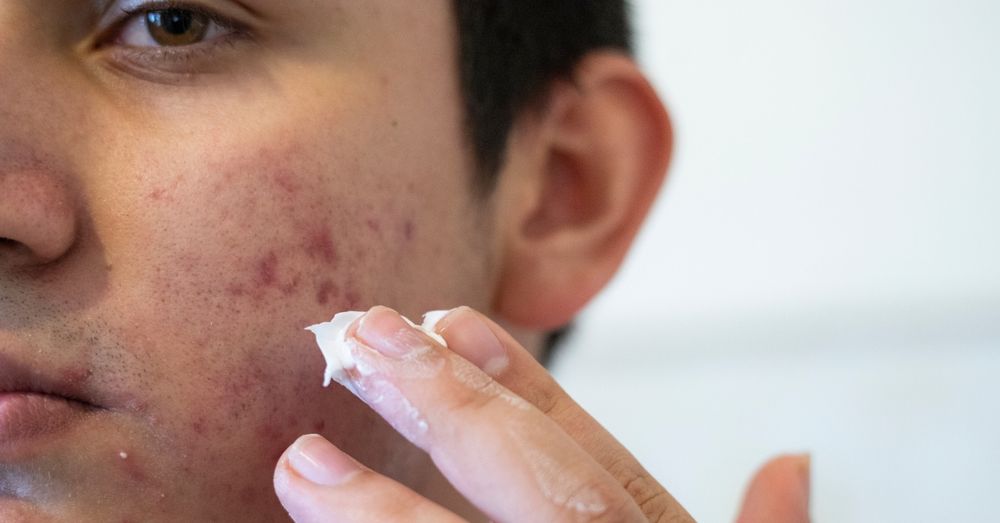Finest Acne and Acne Scars Treatment: Restore Your Skin's Natural Appeal
Finest Acne and Acne Scars Treatment: Restore Your Skin's Natural Appeal
Blog Article
Checking Out Skin Disease: Treating and recognizing Acne Scars for Healthier Skin
Acne scars stand for a significant problem for individuals looking for to preserve healthy and balanced skin, as they can influence both appearance and self-esteem. Recognizing the various kinds of scars, from atrophic to hypertrophic, is important for figuring out suitable therapy choices.
Understanding Acne Marks
Comprehending acne scars is critical for any person that has experienced extreme acne, as these marks can have an enduring influence on both physical look and psychological wellness. Acne marks create when the skin goes through inflammatory feedbacks throughout active acne lesions. The seriousness of scarring is commonly affected by aspects such as the kind of acne, its duration, and specific skin qualities.
The body's natural healing process can lead to either atrophic marks, which look like clinical depressions in the skin, or hypertrophic marks, which are elevated and arise from overflow of collagen. In addition, the psychological toll of acne marks need to not be undervalued; several people report sensations of shame, anxiousness, and decreased self-worth. This psychological worry can influence social communications and general top quality of life.
Resolving acne marks needs a detailed understanding of their development and effect. Awareness of the potential for long-term effects related to unattended marks can inspire individuals to look for ideal therapies. Early intervention and effective monitoring approaches can dramatically boost skin appearance and enhance emotional strength, highlighting the importance of recognizing the intricacies surrounding acne scars.
Kinds of Acne Scars
Acne marks can be classified into distinct kinds, each displaying unique characteristics and calling for details therapy methods. The primary kinds of acne scars consist of atrophic, hypertrophic, and keloid marks.

Hypertrophic scars, in comparison, are elevated above the skin level and are the outcome of too much collagen manufacturing during the healing process. They commonly remain within the boundaries of the original acne lesion. Keloid marks are comparable yet expand past the initial injury site, forming larger, raised areas that can be itchy or excruciating.
Comprehending these types of scars is necessary for picking appropriate treatment options. Different marks might react far better to specific therapies, such as laser therapies, fillers, or medical interventions, emphasizing the significance of a tailored method to acne scar administration.
Determining Your Marks
Acne scars normally fall right into 2 classifications: hypertrophic and atrophic scars. These can further be identified into ice-pick marks, boxcar marks, and rolling scars, each displaying unique characteristics and requiring various approaches for analysis - acne treatment for sensitive skin.
Hypertrophic scars, on the other hand, are elevated and happen due to extreme collagen production during the recovery procedure. Recognizing the details features of your marks-- such as width, structure, and deepness-- is crucial for appropriate recognition. In addition, consider the distribution of marks across your skin, as this can suggest the extent and duration of the acne problem.
Engaging with a skin specialist can give valuable insights right into the nature of your marks, aiding you can try here in the distinction in between various types. A detailed understanding of your scars will eventually cause a more tailored and reliable therapy strategy, guaranteeing a clearer and much healthier skin.
Treatment Alternatives Readily Available
Identifying the particular kind of acne marks existing on your skin prepares for exploring efficient treatment choices. Usual sorts of acne marks consist of atrophic (clinically depressed), hypertrophic (elevated), and post-inflammatory erythema.
For atrophic marks, choices such as chemical peels, microneedling, and laser resurfacing are widely made use of. Chemical peels off make use of acids to remove the outer layer of skin, advertising brand-new cell development. Microneedling entails tiny needles that produce micro-injuries, boosting collagen manufacturing. Laser resurfacing targets damaged skin cells, enhancing structure and tone.
Hypertrophic marks can be treated with corticosteroid shots to squash the scar or laser therapy to lower soreness and improve look. skin rejuvenation treatments. Silicone gel sheets and stress dressings may likewise help in managing raised marks
On top of that, facial fillers can briefly fill out depressions from atrophic scars, while medical excision might be appropriate for extreme situations. Each treatment option has its considerations and benefits, making it important to seek advice from with a skin specialist. They can offer personalized referrals based on the kind and intensity of your scars, along with your skin type and overall wellness.
Tips for Prevention
Reliable prevention methods can substantially lower the possibility of developing acne marks. The initial step is to maintain a regular skincare regimen that includes mild cleansing, peeling, and moisturizing. Utilizing non-comedogenic products assists prevent stopped up pores, which can intensify acne. In addition, incorporating topical therapies including salicylic acid or benzoyl peroxide can effectively take care of breakouts and decrease inflammation.
Staying clear of the urge to stand out or pick acne lesions is critical, as this can lead to deeper skin damages and raise the danger of scarring. Rather, think about making use of a cool compress or over-the-counter treatments to Our site minimize swelling and soreness.
Sunlight defense is another important element of prevention; ultraviolet (UV) rays can dim marks and prevent the recovery procedure. Using a broad-spectrum sun block with a minimum of SPF 30 daily can safeguard the skin and advertise also recovery.
Last but not least, preserving a well balanced diet plan rich in antioxidants, minerals, and vitamins sustains skin health and wellness and healing. Staying moisturized and managing tension levels can additionally play a considerable duty in decreasing acne flare-ups. By implementing these why not find out more methods, people can significantly minimize their possibilities of creating acne scars.

Verdict
In conclusion, understanding and recognizing acne scars is essential for reliable therapy and attaining much healthier skin. Numerous types of acne marks, including hypertrophic and atrophic marks, demand specific treatments customized to private requirements.
The body's natural recovery process can result in either atrophic marks, which show up as depressions in the skin, or hypertrophic scars, which are increased and result from overproduction of collagen. They are additional split into three subtypes: ice choice scars, boxcar marks, and rolling marks. Acne marks normally drop into 2 categories: hypertrophic and atrophic scars. These can further be classified into ice-pick scars, boxcar scars, and rolling scars, each displaying unique attributes and calling for various approaches for evaluation.
Numerous kinds of acne scars, consisting of hypertrophic and atrophic scars, require specific treatments customized to specific needs.
Report this page